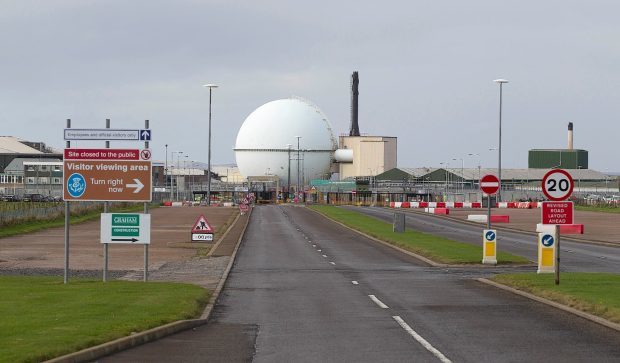More nuclear tests are set to be carried out for contamination on beaches in the Far North.
Additional sampling has been recommended of beaches near the Dounreay nuclear power site to help in the detection of radioactive particles.
Sand-sized fragments of irradiated nuclear fuel were flushed into the sea from the site in the 1960s and 1970s.
Hundreds of the fragments have been found and removed from beaches over the years.
Fragments of irradiated nuclear fuel were first detected on the Dounreay site coastal strip in 1983 and on the beach at Sandside in 1984.
Dounreay in Caithness was the centre of the UK fast breeder reactor research programme from 1954 until 1994.
Some 180 facilities, including three reactors, chemical reprocessing plants and various waste facilities, were built on approximately 136 acres. It is being decommissioned at a cost of £1.6bn.
The continuation and addition of more beach sampling work has been recommended in a new report.
The report by Scottish Environment Protection Agency (Sepa) said monitoring for particles on the foreshore and also at Sandside Beach, which has been done for many years, should continue for the foreseeable future.
But Sepa said equipment used to detect the fragments should be upgraded to improve detection rates, and also to better find more deeply buried particles.
Work to recover particles from the seabed was done between the 1990s and 2012
The agency has further recommended the taking of more samples than taken previously and that monitoring be done in May and again six months later at Strathy Point and Murkle Beach.
In the report, Sepa said work done since the 1990s to 2012 to recover particles from the seabed appeared to have successfully reduced “depleted” the number of particles that came to rest there.
Sepa said the monitoring of the beaches would help to confirm if that was the case.
